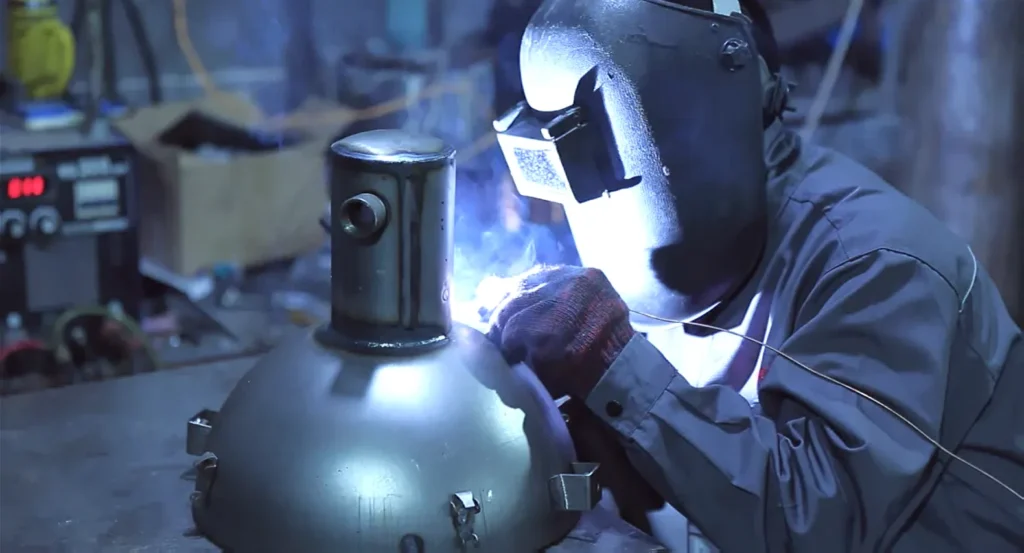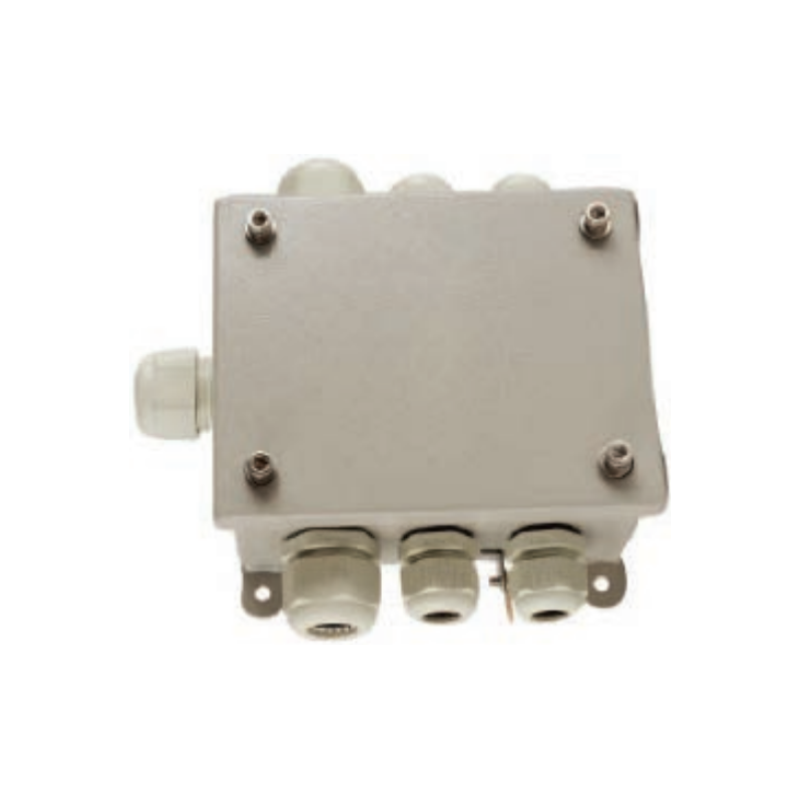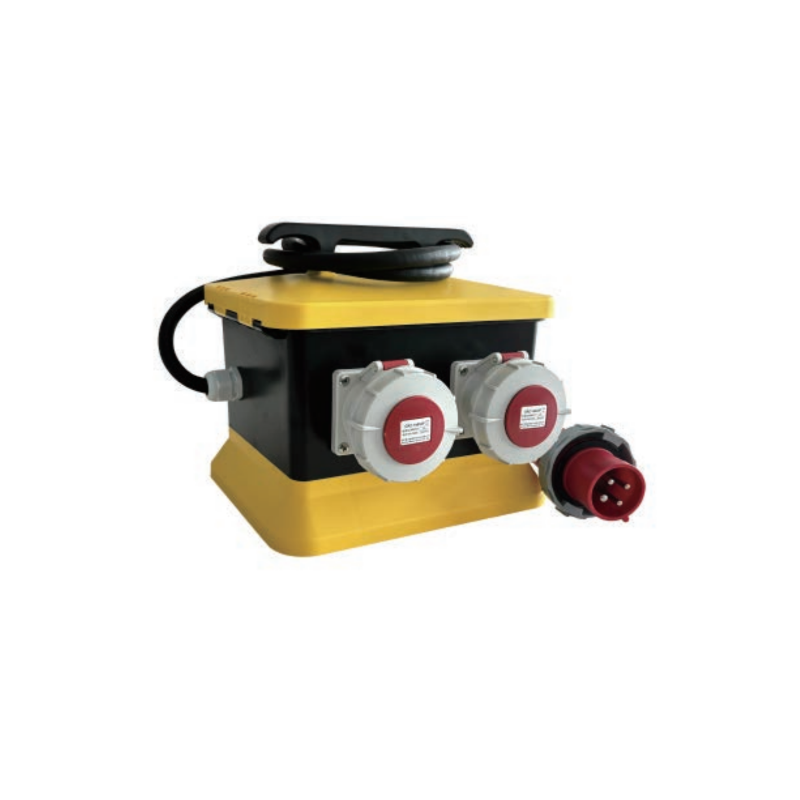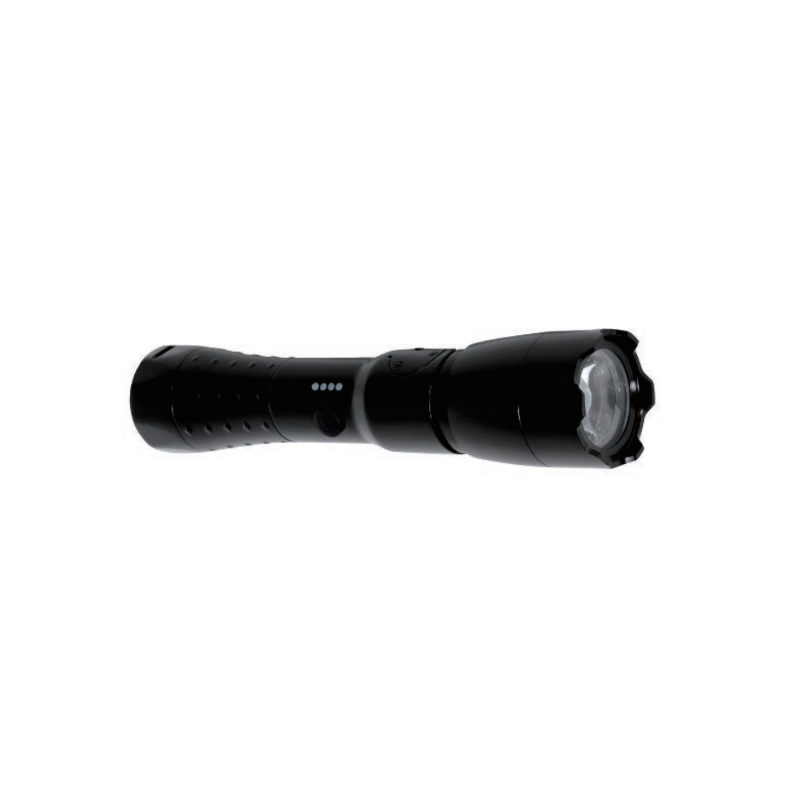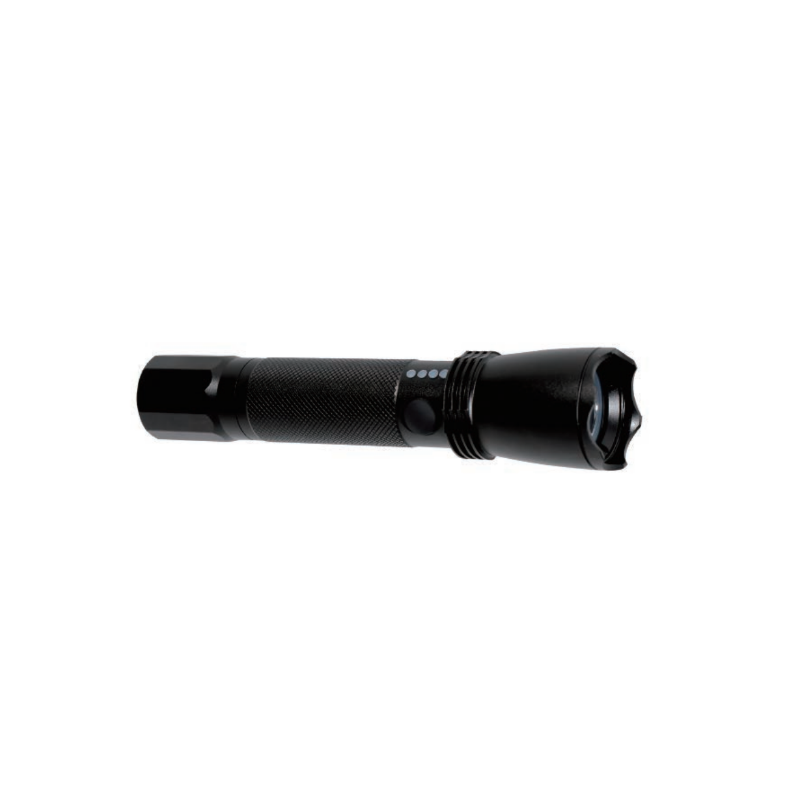Marine incandescent lamps play a vital role in the field of ships. They not only provide necessary lighting for crews, but are also directly related to the safe navigation of ships. With the continuous development of technology, marine lighting systems have also undergone many evolutions, among which incandescent lamps have always been the traditional and reliable choice. This article will delve into a comprehensive guide to marine incandescent lighting, including its basics, installation and maintenance, relationship to ship safety, and the impact of new technology trends on ship lighting. By comprehensively analyzing marine incandescent lamps, we aim to provide useful information to practitioners and enthusiasts in the marine industry and look forward to the future development direction of the marine lighting field.
Basic knowledge of incandescent lamps
As the main component of the ship’s lighting system, incandescent lamps have a profound impact on the work of the crew and the safe navigation of the ship. First of all, the working principle of incandescent lamps is based on thermal radiation. When current passes through the filament of the bulb, the filament is heated and emits light. This light-emitting principle is simple and reliable, making incandescent lamps widely used in ship lighting.
When choosing a lamp, the choice of filament material is crucial. The filament of marine incandescent lamps is usually tungsten filament. Its high melting point and resistance to breakage ensure its reliability under harsh conditions at sea. At the same time, the color temperature and brightness adjustment of incandescent lamps are also the focus of attention to adapt to the lighting needs of different ship areas.
Different types of marine incandescent lamps cover many aspects such as navigation lights, indoor lighting and emergency lights. Navigation lights are crucial at night and in bad weather conditions. The alternating red and green navigation lights and the top white full-light navigation light provide clear navigation guidance. Indoor lighting has the ability to provide sufficient light in the cabin and considers energy-saving lighting solutions for ships. Emergency lights automatically activate during emergencies, providing critical lighting support.
Installation and maintenance
Installation steps and regulatory compliance
When installing marine incandescent lamps, you must first strictly follow the relevant requirements of international maritime regulations. This includes but is not limited to standards for safety lighting fixtures, regulations on installation locations, etc. Installation steps need to be carried out precisely to ensure each fixture meets regulatory standards. At the same time, considering the complexity of the ship’s lighting system, it must be ensured that the normal operation of other electrical systems will not be affected during the installation process.
To ensure optimal performance of marine incandescent lamps, the choice of installation location is crucial. Different types of lamps have different requirements in different areas of the ship, and they need to be reasonably arranged according to the specific situation to meet the needs of the ship’s internal and external lighting. When choosing an installation location, you also need to consider waterproofing and anti-corrosion measures to enhance the durability of the lamps.
Lamp location selection and layout
- Lighting requirements in different areas of the ship: Different areas of the ship require different types of lighting, such as decks, cabins, engine rooms, etc. According to the structure and function of the ship, lighting fixtures should be selected rationally to ensure that each area can receive appropriate lighting intensity.
- Avoid light pollution and shadows: During the installation process, light pollution needs to be avoided to prevent the light from affecting other equipment and other vessels on the ship. At the same time, the lighting fixtures should be arranged rationally to avoid shadows and ensure that the crew can have a clear view under any circumstances.
- The influence of ship type on layout: Different types of ships (cargo ships, passenger ships, oil tankers, etc.) have different structures and functions. Therefore, the particularity of the ship type needs to be considered in the layout of lamps to meet the lighting needs of various ships. .
Maintenance and inspection guide
To ensure the stable operation of marine incandescent lamps, a regular maintenance schedule is required. This includes:
- Regular inspection and maintenance plan: Establish a regular inspection plan to check each lamp, including electrical connection, bulb status and waterproof performance. Identify and resolve potential problems promptly to ensure all lighting fixtures are in good condition.
- Recommendations for bulb replacement and upgrade: Replace aging bulbs in a timely manner based on service life and performance changes. Also, consider using more efficient, energy-saving light bulbs to improve the performance of your overall lighting system.
- Lighting troubleshooting skills: Provide crew members with common lighting troubleshooting skills so that they can quickly locate problems and take corresponding repair measures when necessary.
Marine incandescent lamps and ship safety
Marine incandescent lights play a vital role in ship safety, especially at night and in adverse weather conditions where visibility is reduced. Understanding the role and regulations of navigation lights is critical to ensuring safe distances between ships, night navigation and avoiding collisions.
Function and regulations of navigation lights
- Identification of navigation lights of different colors: Ship navigation lights are divided into alternating red and green side lights and top white full-light navigation lights. Crews need to accurately identify different colored navigation lights to know the course and position of other vessels.
- Safety distance regulations between ships at night: International regulations stipulate a safe distance between ships at night to reduce the risk of collision. The brightness and visibility of incandescent lights are key factors in ensuring other vessels can quickly identify and take action.
- The importance of navigation lights in low visibility conditions: Navigation lights become particularly critical in low visibility conditions such as fog and heavy rain. They provide key navigation information through unique colors and layouts, ensuring that other ships can accurately judge the ship. position and heading.
The relationship between lighting system and navigation safety
- Global impact of the ship lighting system: The performance of the ship lighting system not only affects the illumination of a single lamp, but also involves the visibility of the entire ship. Therefore, the stability and efficiency of the lighting system are crucial to the overall navigation safety of the ship.
- Visibility requirements during night navigation: Incandescent lights provide the necessary visibility during night navigation. Understanding the visibility requirements during night navigation, including the identification of distant lights and awareness of the environment around the ship, is a key factor in ensuring safe navigation of the ship.
- Coordination of lighting system and radar system: On ships, the lighting system and radar system need to work in coordination to ensure that the crew can obtain sufficient information through light and radar data to support correct navigation and avoid potential dangers.
Strategies for adverse weather conditions
- Rain-proof, snow-proof, and haze-proof treatment: Marine incandescent lamps need to be rain-proof, snow-proof, and haze-proof to ensure that good lighting effects can be maintained under severe weather conditions.
- Lighting guarantee under strong winds and waves: When the sea may face strong winds and waves, the lighting system needs to be stable to ensure that the lights are not affected by waves.
- Electrical system moisture-proof and lightning protection strategies: In order to cope with the humid environment and lightning risks at sea, the electrical system of incandescent lamps needs to take corresponding moisture-proof and lightning protection measures to ensure the long-term stable operation of the system.
Application of LED technology in ship lighting
Comparison between LED and traditional incandescent lamps: LED technology has higher energy efficiency and longer life than traditional incandescent lamps. LED lamps not only consume less energy, but also reduce the frequency of bulb replacement, thereby reducing maintenance costs.
Energy-saving benefits and environmental protection advantages: LED lighting systems have excellent energy-saving benefits. Compared with traditional incandescent lamps, LED lamps have higher energy utilization efficiency and reduce energy waste. At the same time, this is also in line with the shipping industry’s increasing concern for energy conservation and environmental protection.
Innovative applications of LED in different ship lighting fields: The flexibility of LED technology allows it to be used in different fields, including navigation lights, cabin lighting and lighting needs in special environments. The dimmability and multiple color temperature options of LEDs offer more possibilities for personalization and environmental adaptability.
Energy saving and environmental protection trends
Design and promotion of energy-saving lighting systems: The shipping industry is gradually moving towards more energy-saving lighting systems, adopting advanced energy-saving technology and intelligent control systems to achieve effective use of energy and reduce carbon footprint.
Energy efficiency evaluation standards: The industry has proposed more stringent standards and evaluation methods for the energy efficiency of ship lighting, encouraging ships to adopt more efficient lighting systems to promote the development of the entire industry in a more sustainable direction.
The impact of environmental protection regulations on ship lighting: International and domestic environmental protection regulations have put forward higher environmental protection requirements for the shipbuilding industry, which has also prompted the ship lighting system to evolve in a more environmentally friendly direction, such as reducing the use of harmful substances and improving lighting equipment. recyclability.
In conclusion
A comprehensive discussion of the basics of marine incandescent lighting, installation and maintenance, relationship to ship safety, and new technology trends provides a comprehensive understanding of the importance and evolution of this critical lighting system in ship operation. Marine incandescent lamps not only provide necessary lighting, but are also directly related to the safe navigation of ships.
In terms of basic knowledge, we have an in-depth understanding of the working principle of incandescent lamps, the selection of filament materials and the application of different types of lamps. Correct installation and maintenance are the basis for ensuring the long-term stable operation of the lighting system. Through reasonable layout and regular maintenance plans, the performance of incandescent lamps can be maximized.
Incandescent lights are closely related to ship safety, especially at night and in low-visibility conditions. The accuracy and visibility of navigation lights directly affect the safe distance between ships and the ability to avoid collisions. At the same time, the relationship between lighting systems and overall navigation safety highlights the importance of good lighting for the crew’s environmental perception and operation.
In terms of new technology trends, the widespread application of LED technology has made ship lighting systems more energy-saving and efficient, while the promotion of environmental protection regulations has made the entire industry move in a more sustainable direction. Intelligent lighting systems, deep integration with navigation technology and the application of new materials indicate that marine lighting systems will usher in more advanced, intelligent and sustainable development.
In the future, we can expect that marine incandescent lamps will continue to play an irreplaceable role in ship lighting. At the same time, with the continuous innovation of technology, this key lighting system will continue to evolve, pushing the entire field of ship lighting to a higher level. With our in-depth guide to marine incandescent lighting, we provide marine industry practitioners and enthusiasts with practical knowledge and perspective to ensure vessels can sail safely and efficiently in any condition.

